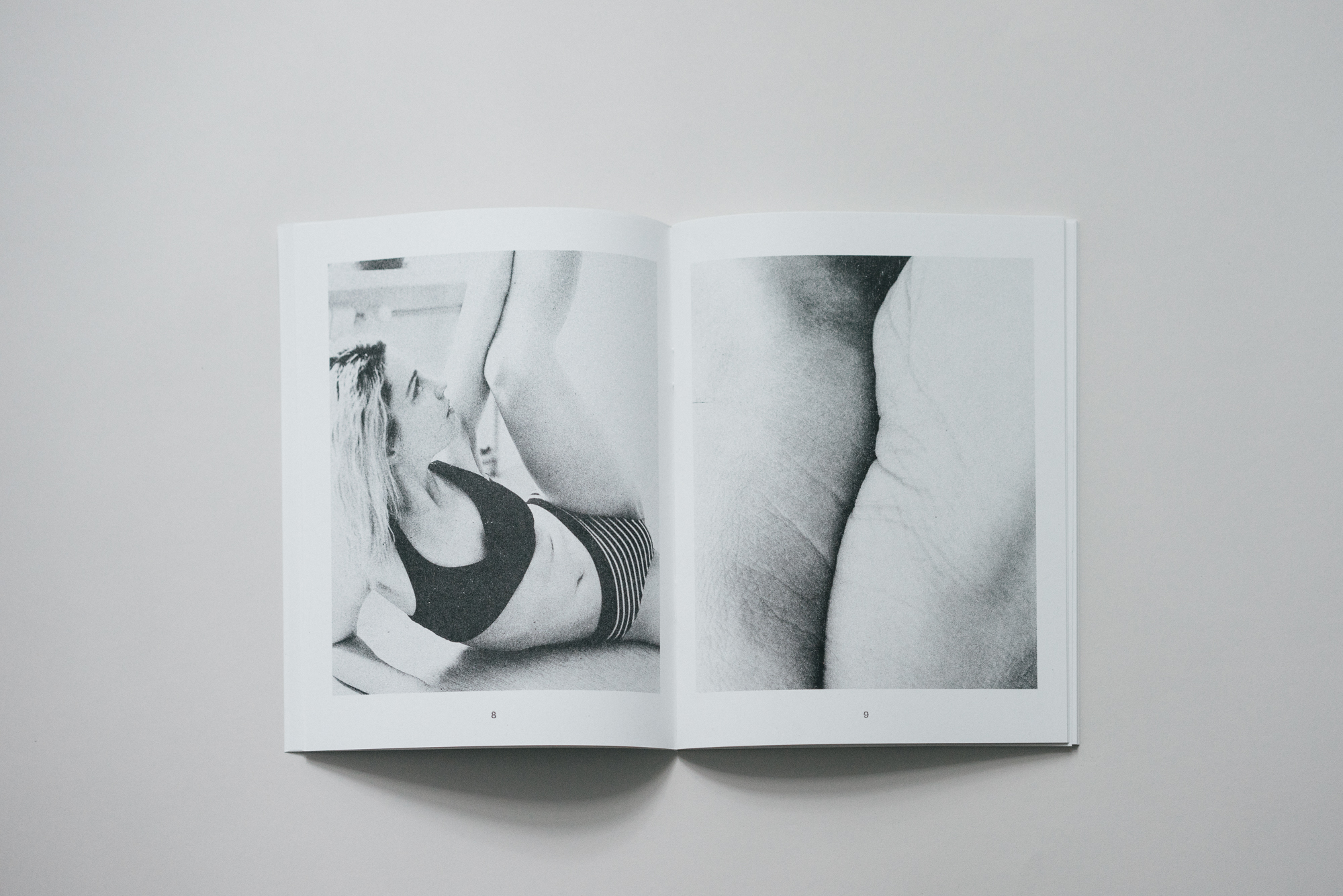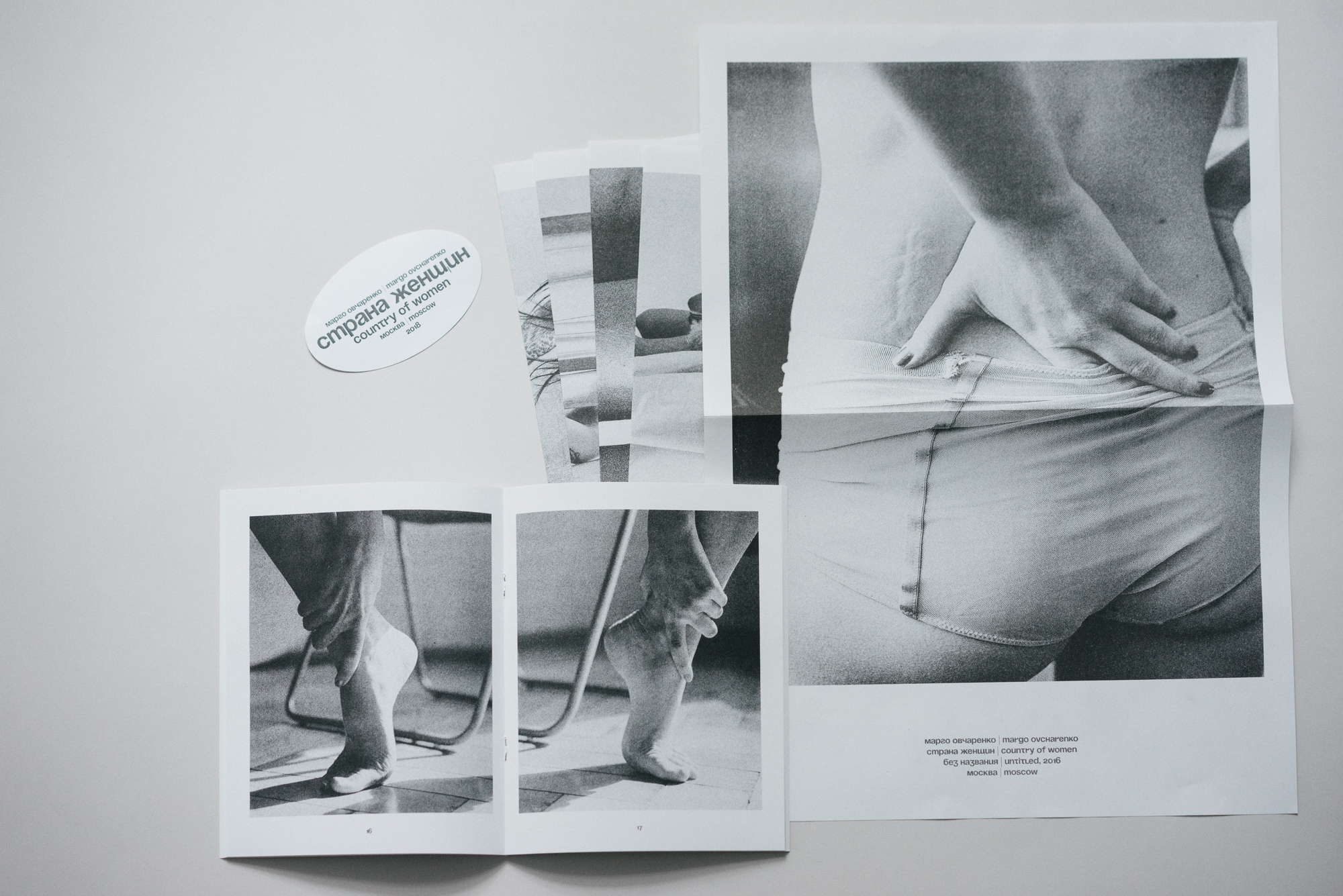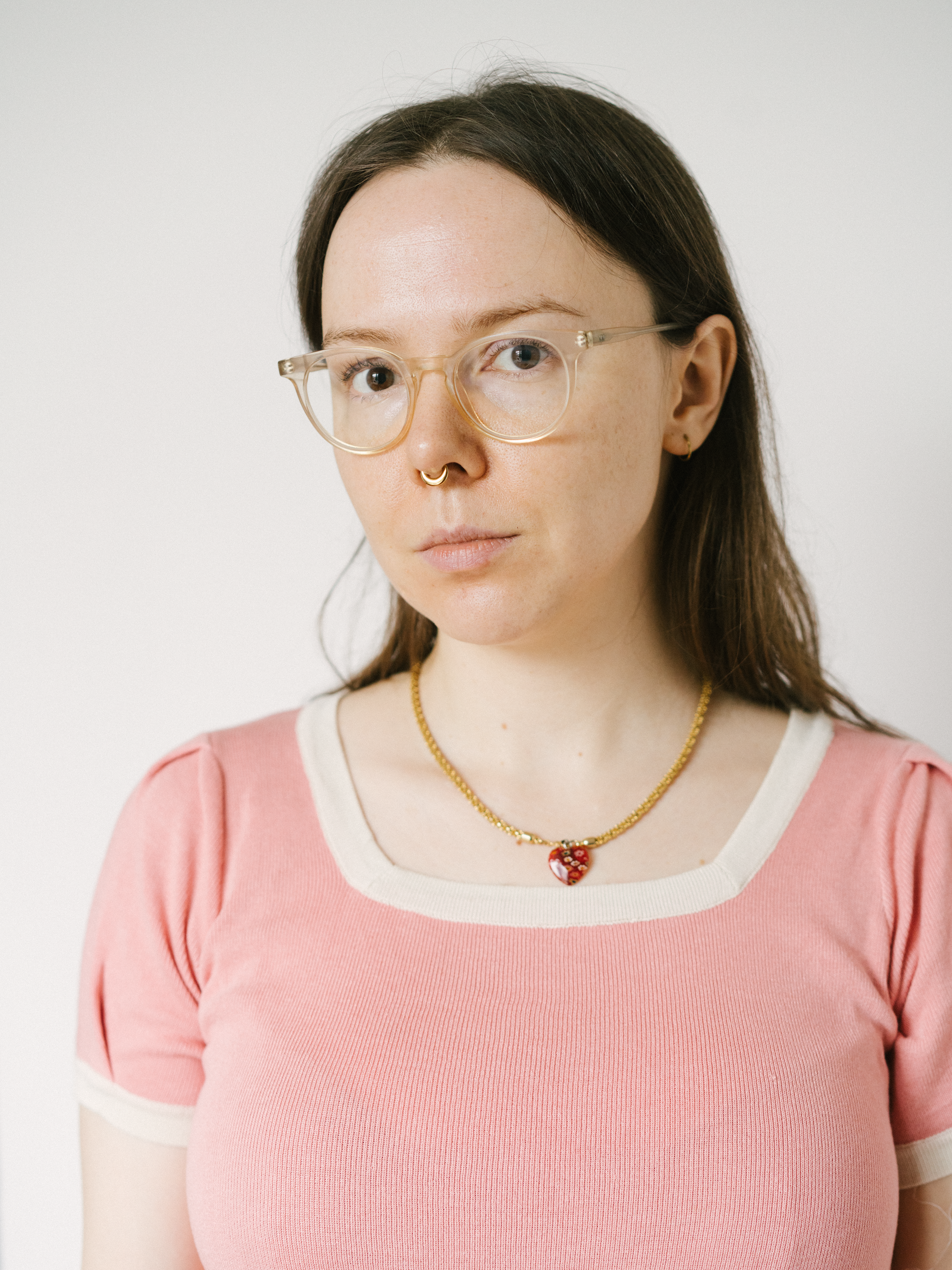






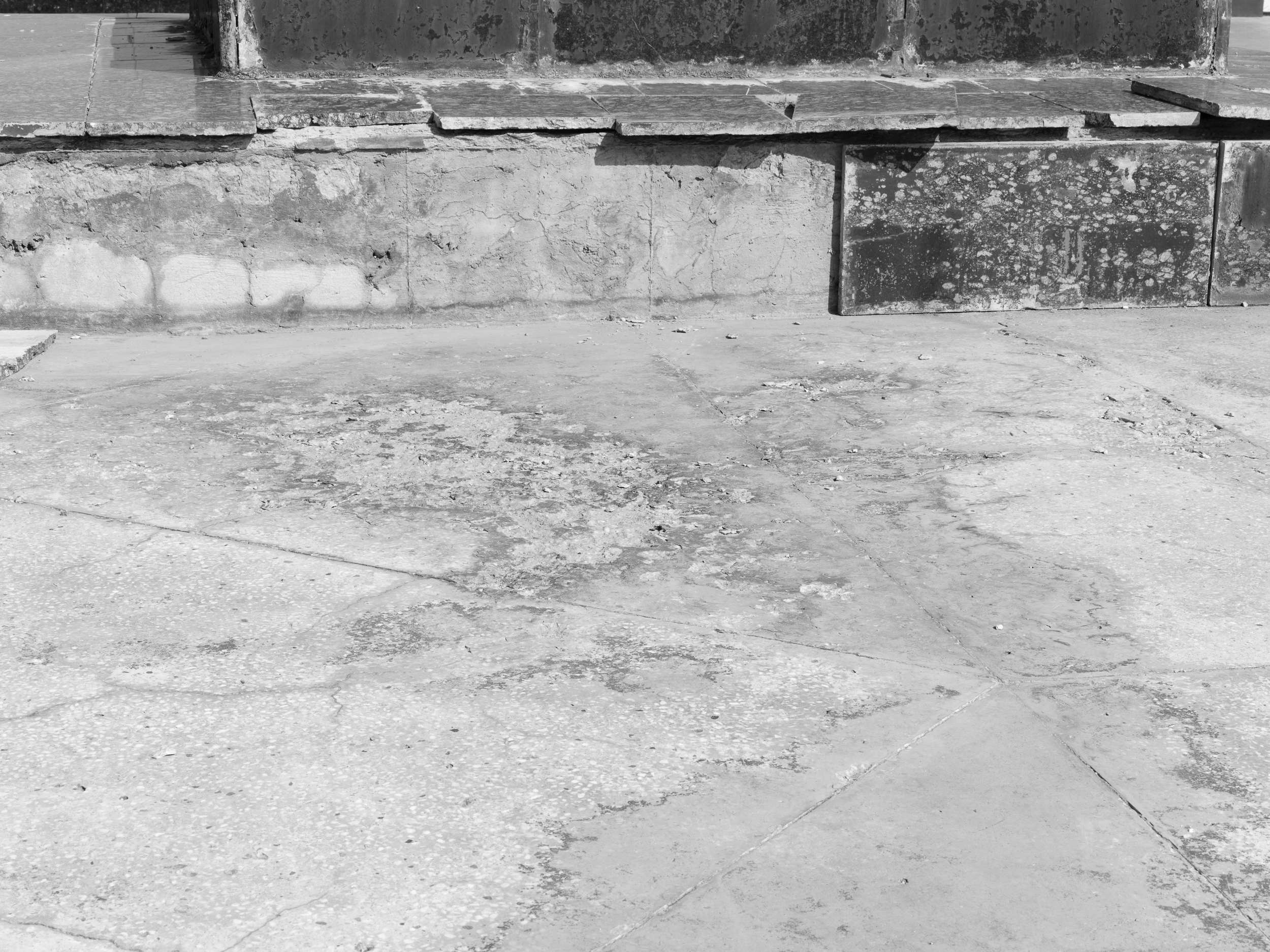







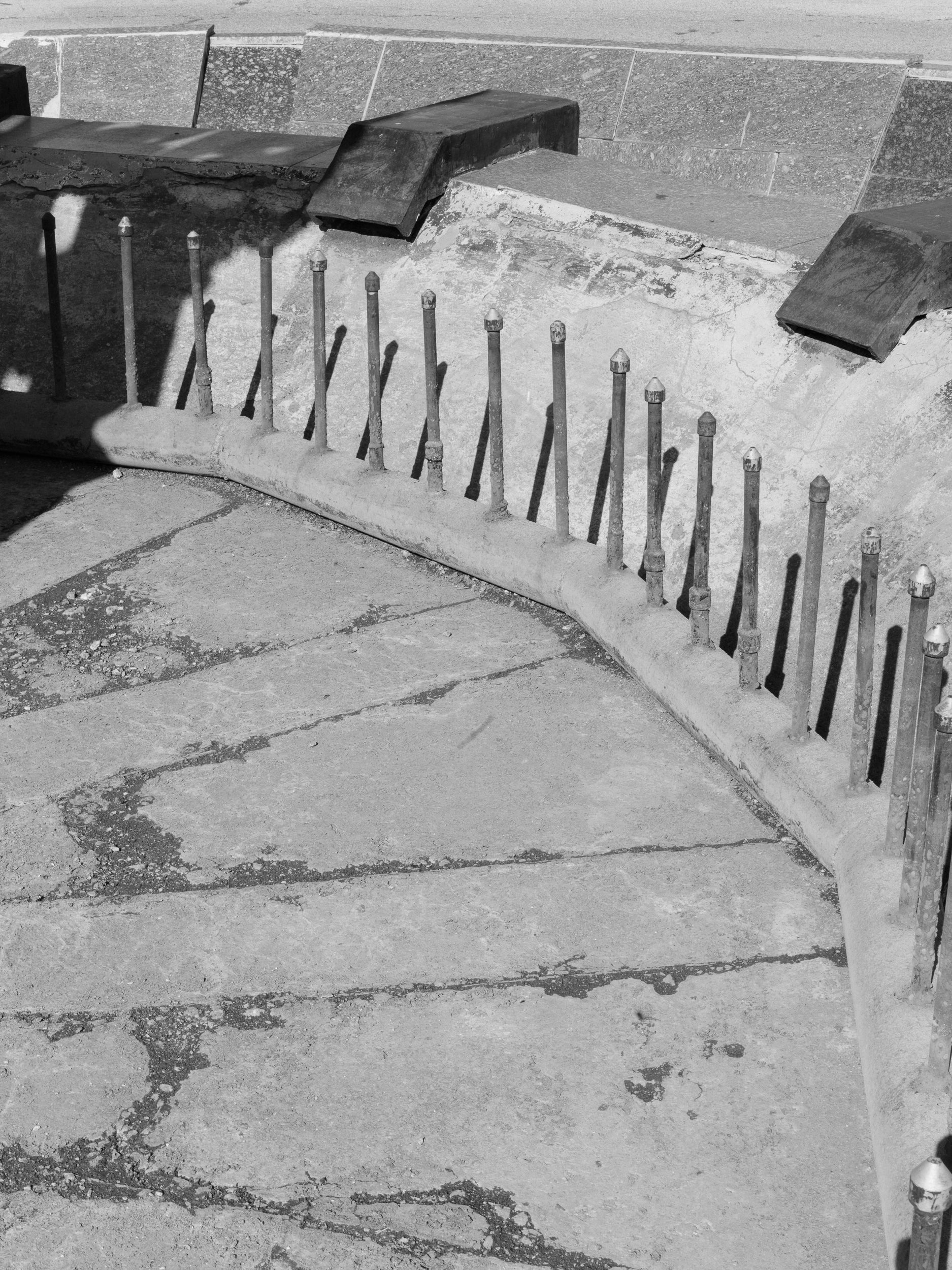


The Ebb, 2022
The Ebb is series of photographsthat invites the viewer to visit abandoned Chisinau fountains and experience the drought both actual and metaphorical. It’s a collaborative work which consists of Margo Ovcharenko’s photographs and the interviews and collages presented by Temirtas Iskakov. This body of work is an ode to the city which has troubled soviet past and deals with current issues of water scarcity. Chisinau moves forward by letting soviet relics fall into decay and no longer facilitates the facade of abundance which communist ideology had provided, developing the new narratives in its place. But in doing it slowly the city allows this process to be grasped in images and texts. This passage of time is also visible in stories from Chisinau residents in which traditions change and the new ones take place
The ebb is a self-published book printed In Chisinau, Moldova in 2022. It was produced during a Re-public of cultural workers artist in residency program where Margo collobarated with Temirtas Iskakov. This publication is made possible thanks to 3rd studio space at Muzeul Zemstvei and Oberliht association.
Temirtas Iskakov is an architect and cultural activist from Astana, Kazakhstan. He is the founder of Fading. TSE urban research platform built around the topics of architectural heritage and collective memory. Temirtas explores urban history, material culture, visual identity of Kazakhstani cities and focuses on community building through visual storytelling, social media documentary and advocacy campaigns.

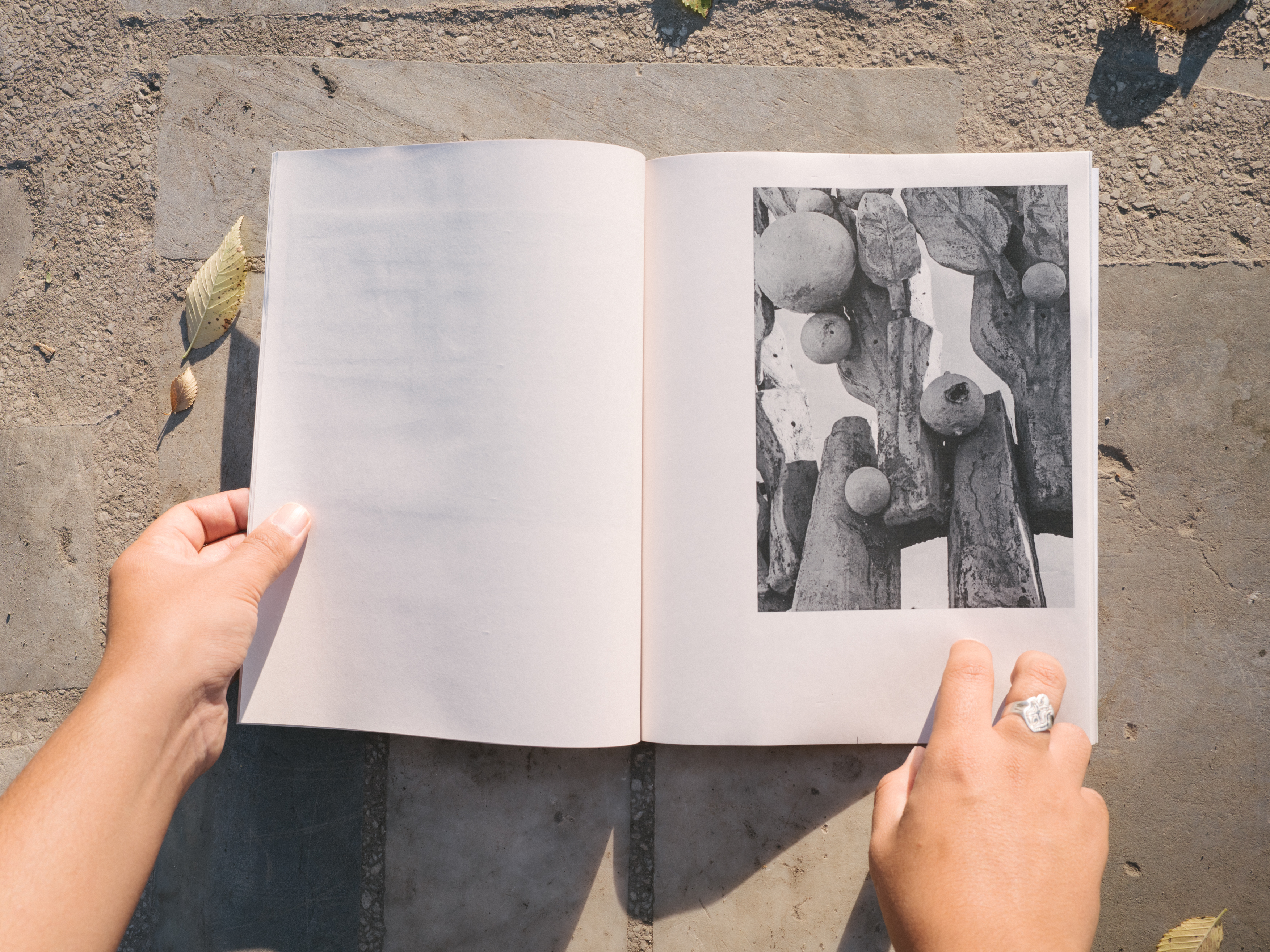
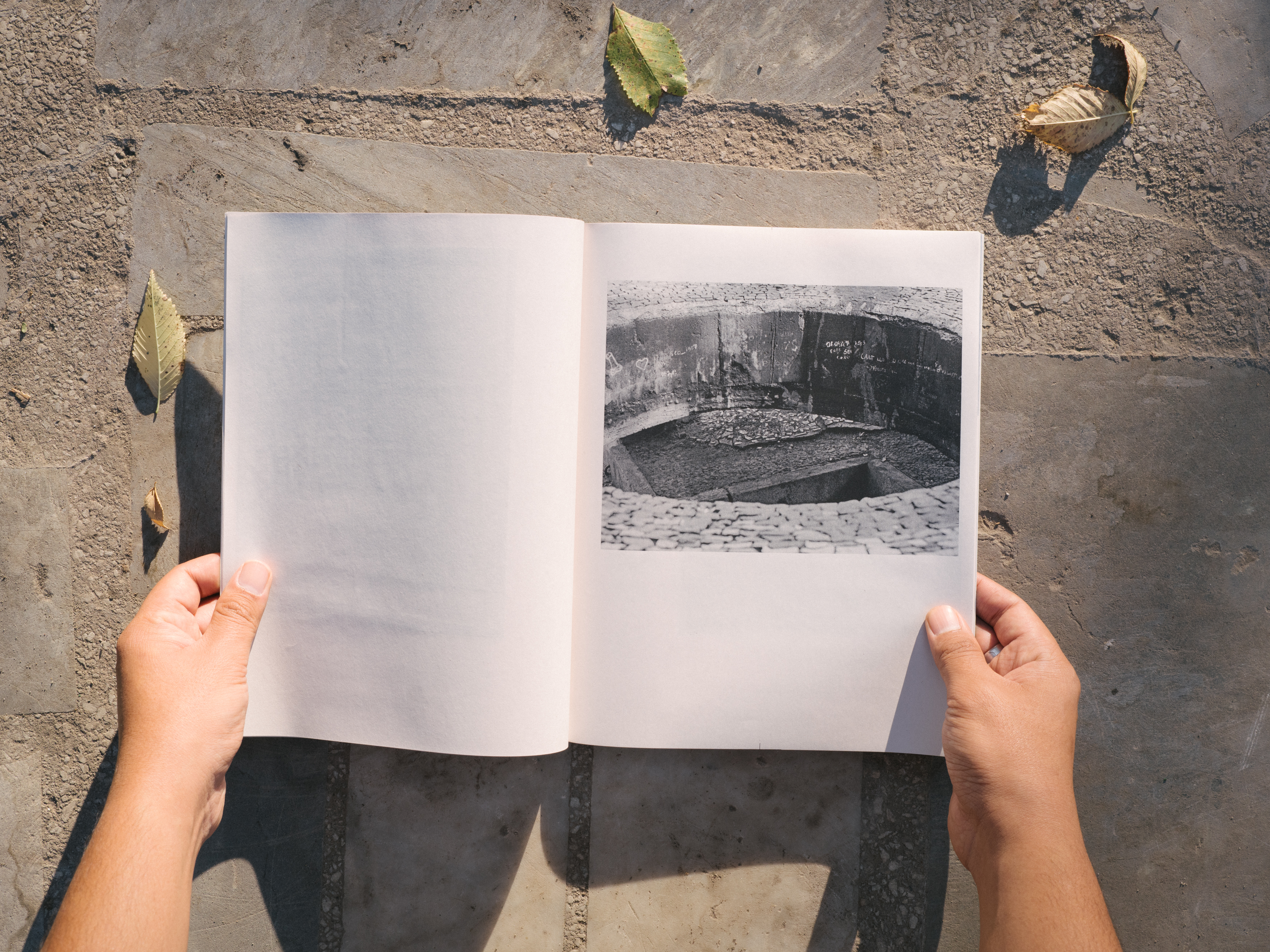

Country of women is a riso-printed zine , edition of 100. It was produced in Moscow in 2018 and its production was supported by Empty Stretch zine’s grant, a publishing initiative based in the U.S. This zine was shortlisted by Aperture in its First Photobook award. See the full list on Aperture’s website.
